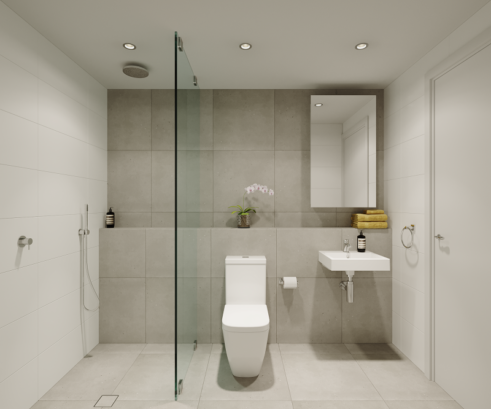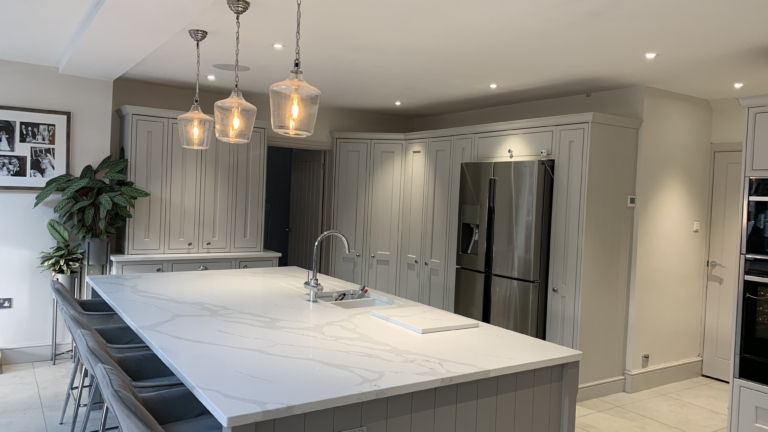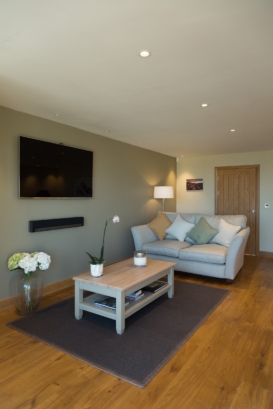
We are a leading manufacturer of quality internal and external lighting products for commercial, industrial and retail applications.
View all productsAt Ansell Lighting we design and manufacture an extensive range of luminaires for a diverse number of sectors and applications. Whatever the shape, purpose or style of your space, we have a lighting solution.
View all sectors & applicationsWe are a leading manufacturer of quality internal and external lighting products for commercial, industrial and retail applications.
Welcome to Ansell lightingWe are here to answer any questions you may have, help you find a stockist or speak to a local member of our team.
OCTO delivers the complete smart lighting package to transform the efficiency and ambience of commercial and residential spaces.
Find information regarding our product warranty, product data downloads and FAQs regarding lighting and technical terms. Here you will find support with training CPDs as well as useful lighting design and LED strip calculators.
Wiring in series and/or parallel

Before considering the components within an electrical circuit, in respect of the wiring arrangement for lighting products, it would seem beneficial to get back to basics by demonstrating the difference in respect of battery technology, and to do this, the best option would be to use the standard 12 Volt car battery, something everyone is familiar with.

Wiring Lights in Series vs Parallel
From the diagrams above, it can be seen that there are two main wiring methods, that of wiring in ‘Series’ on the left and wiring in ‘Parallel’ on the right.
Looking at the two batteries on the left connected in ‘Series’, they will have the voltage equal to the sum of each when added together, whilst the current flowing through the circuit remains constant.
Now considering the two batteries on the right connected in ‘Parallel’, they will have the same voltage across the whole circuit equal to that of each battery, whilst the current capacity is the sum of each when added together.
On a technical aspect in respect of battery technology, the voltage is measured in ‘Volts’ and the current is measured in Amps or more accurately, ‘Amp-Hours’ and in both the Series and Parallel circuits, the total energy, being made available for use, is that being measured in ‘Watt-Hours’ and in both cases, this remains a constant value for both.
To clarify the statements a little more clearly, the value of each car battery is 12Volts 85Amp and when the two batteries are connected in Series, the voltage is 24 Volts and the current is 85 Amp-Hours, which makes this 2040 Watt-Hours, and for the two batteries connected in Parallel, the voltage is 12 Volts and the current is 170 Amp-Hours, which also makes this 2040 Watt-Hours, making both values equal which can be seen as being somewhat straightforward, as there is the same amount of power available in each case, but just at a different voltage.
With this knowledge, let’s now consider how this is transposed into wiring circuits for lighting products, where it has previously been stated that there are both ‘Series’ and ‘Parallel’ lighting circuits, and these are considered to be those being used most frequently.

Wiring Lights in Series
For a circuit wired in Series, the same current flows through each of the light fittings and all the fittings are connected in an end-to-end fashion as in a ‘daisy chain’ with only one common point between the fittings. The voltage across all of the light fittings is not the same and is dependent on the individual resistance. If one fitting fails within a series circuit, then the entire circuit stops functioning as there is only one current path. The current is same in all the individual light fittings and the sum of individual voltages are equal to that of the supply voltage. The most common use of LED Series lighting was probably the coloured residential lighting chains used within the home at Christmas.

Wiring Lights in Parallel
For a circuit wired in Parallel, the current can have more than one path within the circuit and one end of all the light fittings within a parallel is connected to a common point and the other end to another common point, which means that the parallel circuit has two common points. Even if one of the parallel branches fail, then the remaining fittings within the circuit along each of the branches will continue to work normally. The voltage across all the lighting within a parallel circuit is the same and is equal to the original supply voltage and where this is the case, the sum of individual currents is equal to the total current in the circuit. The majority of residential electrical wiring is installed in a parallel configuration.

It is suggested that the most common way to install recessed downlights is on a loop-in/loop-out basis, as the majority of fittings, like those shown above, are offered to the market having this type of facility within the terminal block housing (JB), and where it usually has the capability of accepting the two 1.5mm2 Twin & Earth cables.
Therefore, in summarising the two circuits, each of the two circuit types are wired differently, where a Series circuit has the light fittings wired in a ‘daisy chain’ format from one fitting to the next, whereas a Parallel circuit is constructed where the wiring for the fittings goes out separately to each fitting along multiple paths, before going back to close the loop.
You Might Also Be Interested In...

